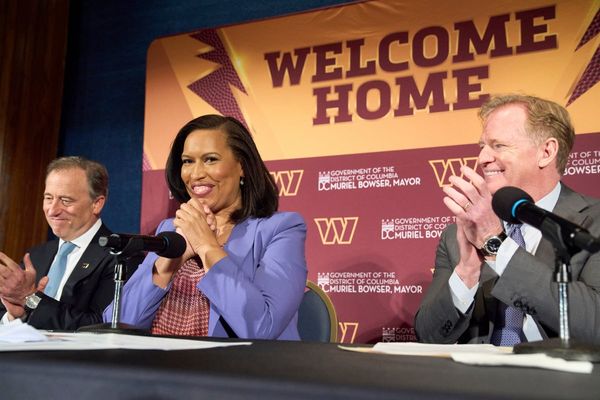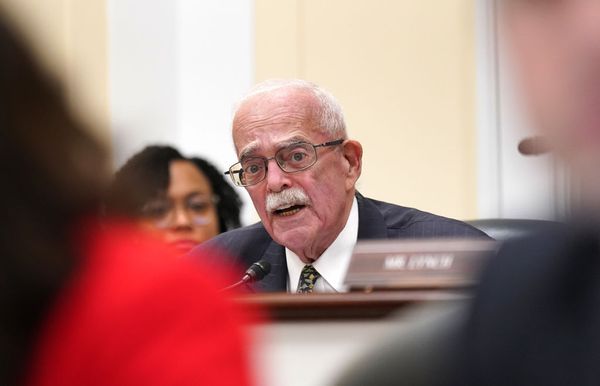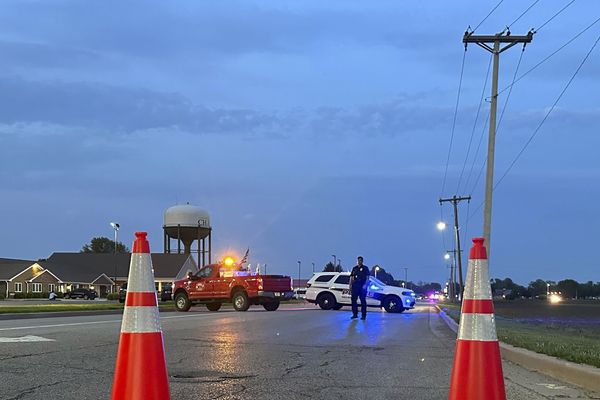
In April, the Environmental Protection Agency (EPA) proposed a rule intended to significantly curtail carbon emissions. If adopted, it would require that electric vehicles (E.V.s) make up 60 percent of all new vehicles sold by 2030—and 67 percent by 2032. It was a significant escalation from the Biden administration's previous goal of 50 percent E.V.s by 2030.
The nation's "Big Three" automakers—Ford, General Motors, and Stellantis—agreed to the latter goal when it was first floated in August 2021. Now, the auto industry's largest lobbying organization has gone on record opposing the more aggressive plan.
As part of the rule-making process, the EPA solicited comments on its proposal. One response came from the Alliance for Automotive Innovation (AAI), a trade organization that represents the Big Three automakers as well as Honda, Nissan, Toyota, and others. AAI and its members "share EPA's and the Biden administration's goals to accelerate the transition to zero-emission vehicles," the group wrote, but the rule is "neither reasonable nor achievable in the timeframe covered" and "based on many assumptions that are largely outside the control of either EPA or individual automakers." As the standards are written, the group "does not believe they can be met without substantially increasing the cost of vehicles, reducing consumer choice, and disadvantaging major portions of the United States population and territory."
Further, the newly proposed requirements are significantly more strict than the ones agreed to in 2021. AAI points out that while the 2021 agreement only sought 50 percent compliance, it also allowed the goal to be achieved with a combination of battery-powered all-electric vehicles as well as plug-in hybrids and fuel-cell electrics. The newly proposed rule would only allow battery-powered electrics. Meanwhile, only 5.8 percent of new cars purchased in 2022 were electric, requiring a more than tenfold increase in less than a decade.
The EPA's proposal "effectively assume[s] that everything will go perfectly in the transformation" to E.V.s, AAI writes. But automakers already struggle to acquire the raw materials necessary to manufacture E.V. batteries; some regions of the country, even E.V.-friendly California, also lack the necessary electrical infrastructure to support so many new vehicles in need of regular charging.
The EPA apparently expects all of these problems to be solved in less than 10 years. "For perspective," AAI writes, "10 years is the time required to obtain the necessary permits for a mine in the United States. Once permitted, another ten years could elapse before the mine produces at capacity. Ten years is also close to the time required to bring 20 [megawatts] of power to a single location in the United States."
The group reiterates at multiple points throughout the letter that it supports the government's ultimate goal of electrification and expanding the number of climate-friendly vehicles on the road. But it asks that those goals be realistically achievable. In closing, the letter recommends that the EPA revisit Biden's more inclusive 50 percent goal, "coupled with and connected to regularly measured infrastructure deployment and battery critical mineral supply levels."
The post Automotive Lobby: EPA's Vehicle Emission Standards 'Neither Reasonable Nor Achievable' appeared first on Reason.com.







